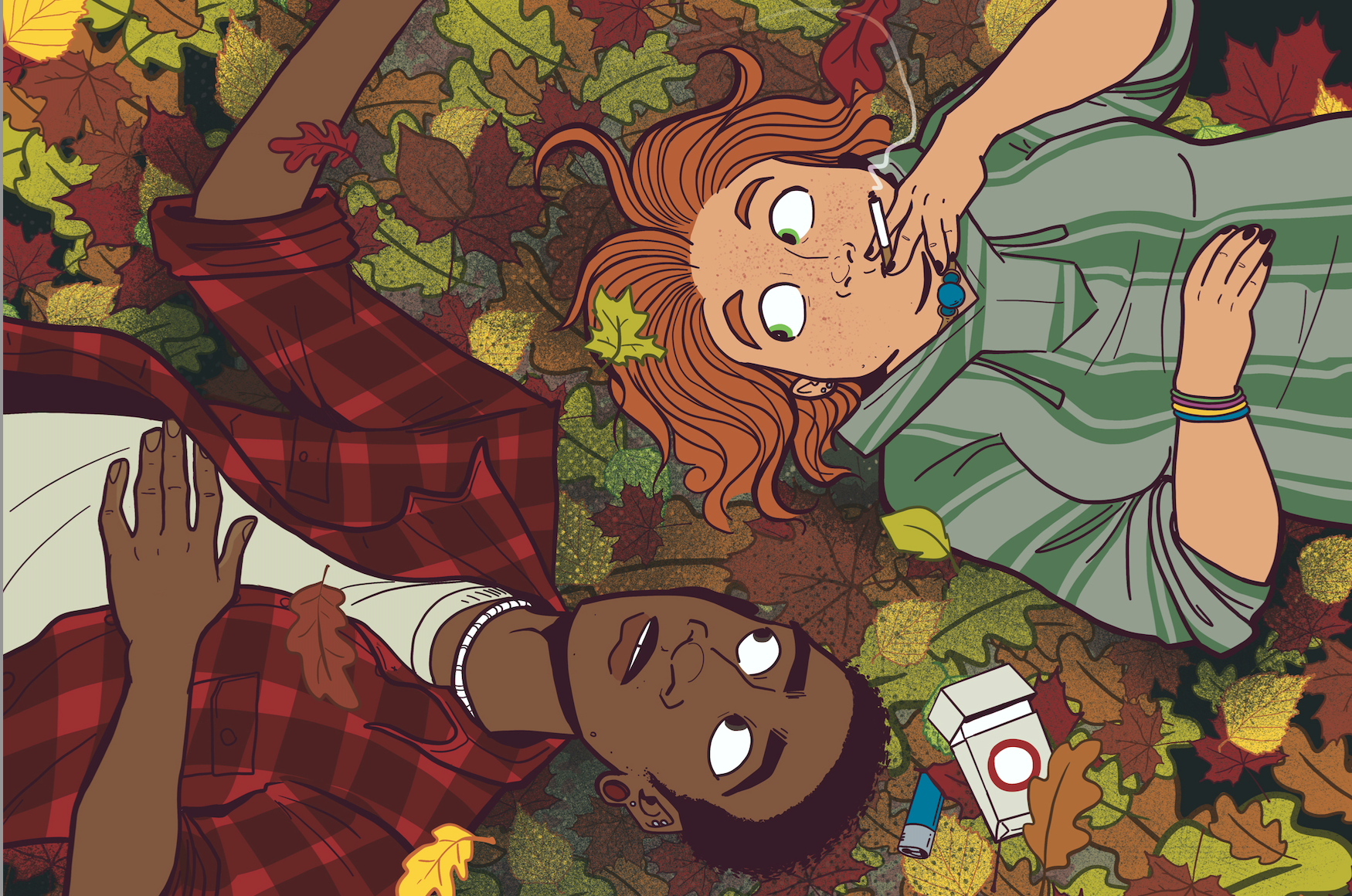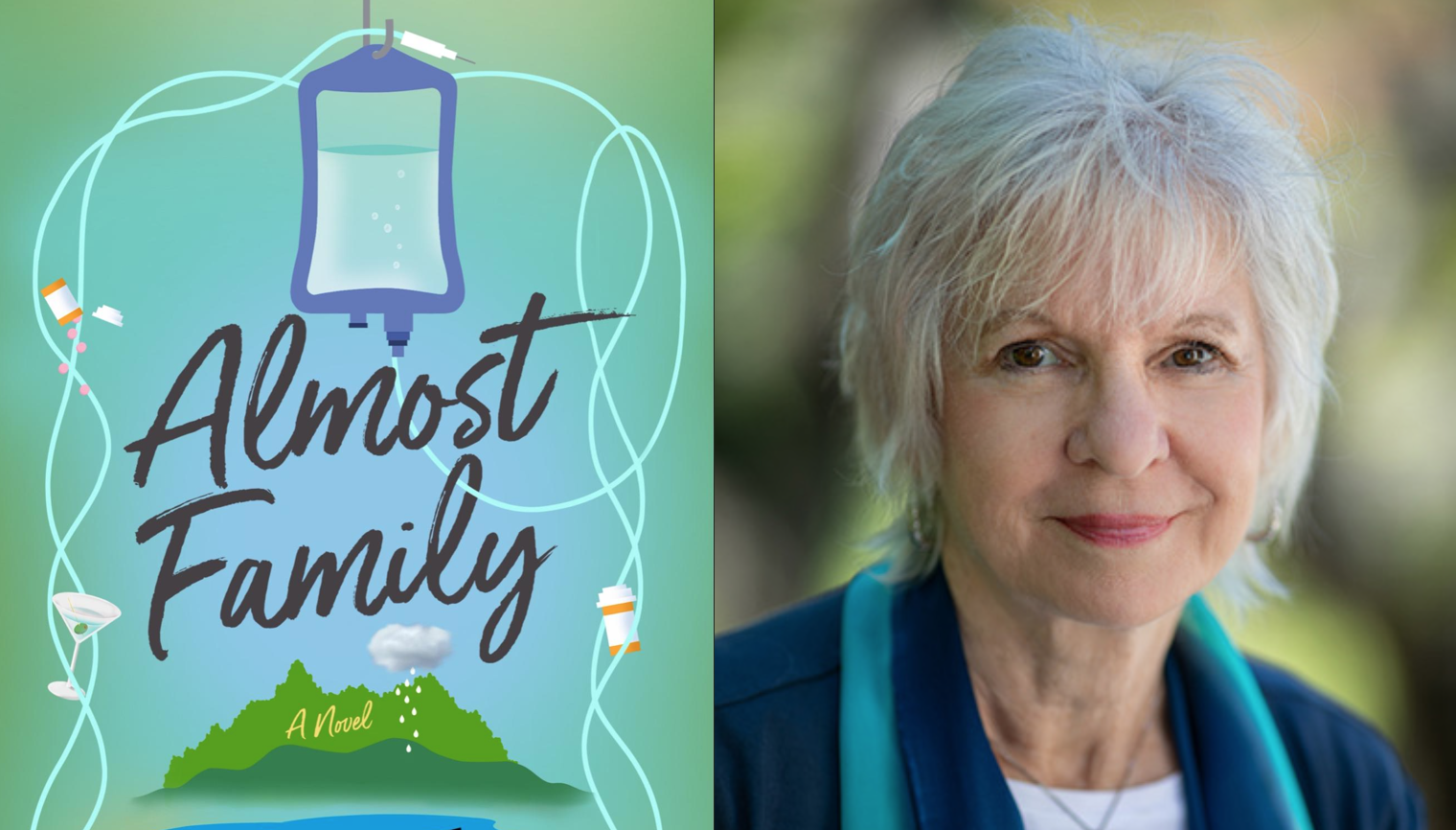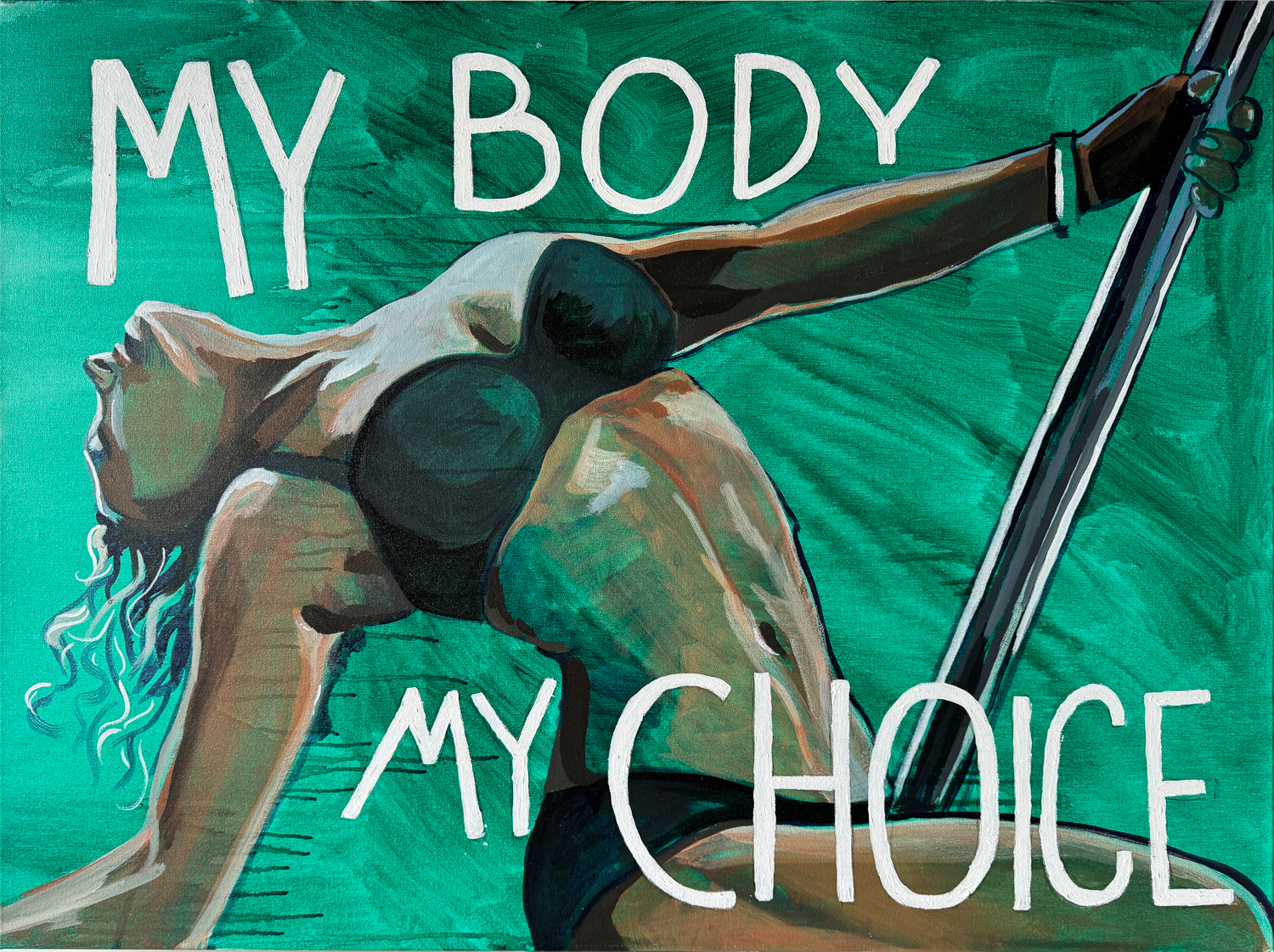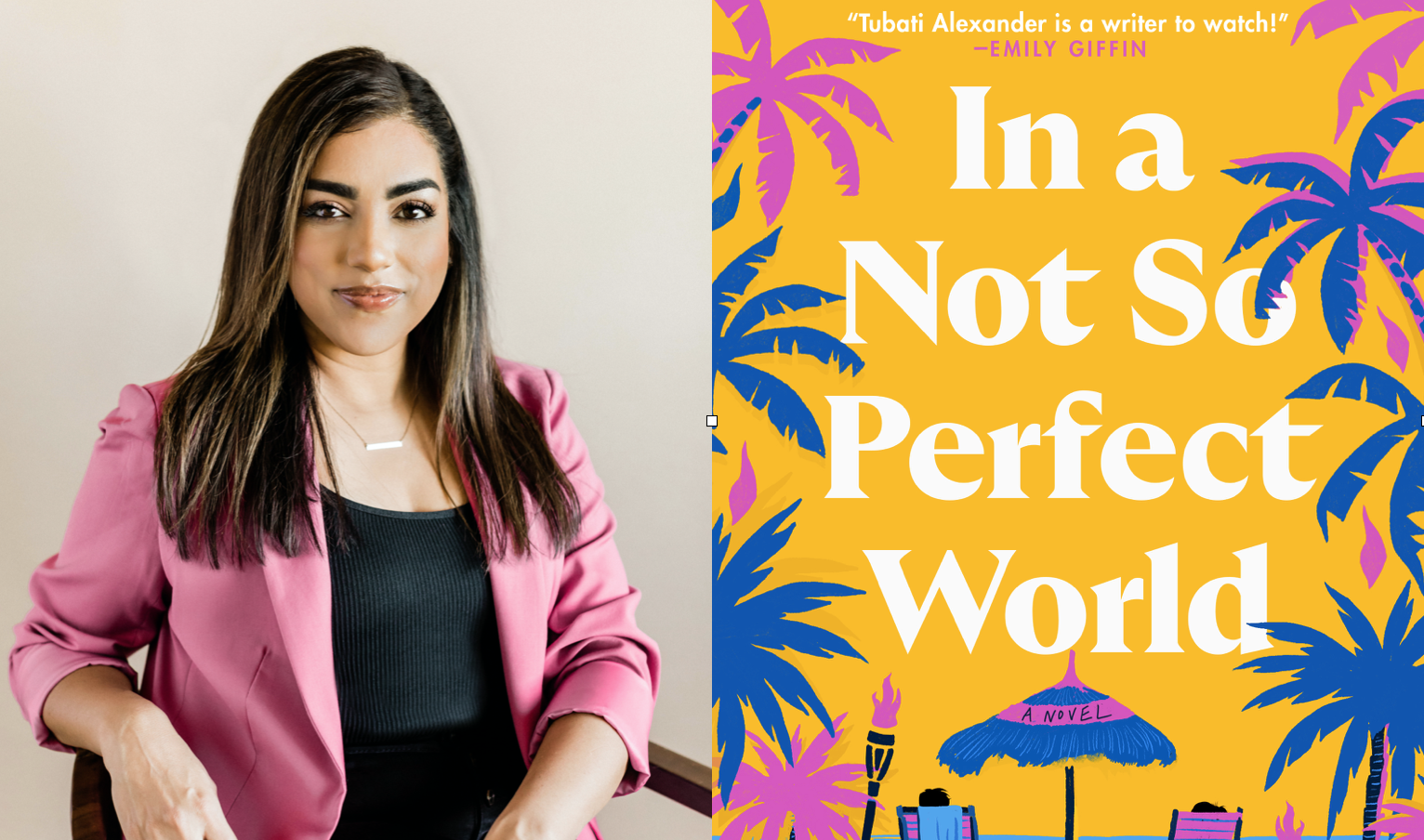
Just ahead of Black History Month comes an empowering picture book from debut author Adrea Theodore and digital illustrator Erin K. Robinson. Available from Neal Porter Books/Holiday House on January 4, ‘A History of Me’ is “an uplifting story that rightfully asserts the multidimensionality of Black identity.”
Inspired by Adrea’s daughter’s experience in school as well as her own, ‘A History of Me’ is a powerful testament to the past as well as a benediction for the future. Life can be hard for the only brown girl in a classroom full of white students. When the teacher talks about slavery, she can feel all her classmates staring at her. When they talk about civil rights, she is the one that other kids whisper about on the playground. In those moments, she wants to slip away or seep into the ground, and she wonders, “Is that all you see when you look at me?”
What really matters is what she sees when she looks at herself. She reflects the courage, strength, intelligence, and creativity that’s been passed down from generation to generation through her ancestors.
“Much of the history that I learned as a child did not mention or stress these things or provide the opportunity to recognize Black American’s humanity,” writes Adrea Theodore in a concluding author’s note. “Rather than feeling shame, as I did for many years, I hope that descendants of those enslaved can understand the rich legacy that is theirs.”
Adrea’s poetic text is matched perfectly by Erin K. Robinson’s impactful digital artwork. According to Kirkus Reviews, their partnership has resulted in a book that can act as a mirror not only for Black and brown children, “but anyone who has ever felt trapped by other people’s definitions of who they are.”
We had the chance to speak with both Adrea and Erin upon the release of ‘A History of Me’ to learn more about the significance of representation for young children of color in literature.

Adrea Theodore
The book was inspired by your own daughter’s experience. Can you share more about this?
The shorter version of the story is this: when my daughter attended elementary school, there were some lessons in that January-to-February season that included information about Martin Luther King Jr., civil rights, and slavery. The lessons were not incredibly detailed for first graders but detailed enough that my daughter understood that having brown skin made her different from her non-brown-skinned classmates.
She recognized that if she had lived in an earlier time, that she would not have been able to attend school or do many of the same activities as the other (non-brown) children in her class. From those lessons, she got this message: it was better to be white, especially in our American society. This struck me and troubled me a great deal because it was the first time that she seemed unhappy with any aspect of herself; in this case, her skin color had suddenly become a problem.
It took some time to explain how things in the past were not right or equitable, and how Black and brown people were not inferior but treated as if they were. We talked about how some of that unfair treatment exists today. To my budding scientist I explained about skin color being from certain cells within the skin and how the skin is just a thin covering; and how underneath it all, everyone really is the same. It was important to talk about these facts as well as her feelings. There was no need for her to feel bad about any part of herself and certainly not her beautiful brown skin.
The book is being released in time for Black History Month in 2022, but it also comes at an important time in America where there is so much conversation and debate about how we teach Black history to school kids. How can ‘A History of Me’ be a great starting point for parents of young children?
A History of Me is a story about Black history through the eyes of a young girl. She learns how the history of our country shaped the experiences of her relatives. One of her ancestors was enslaved but died young. Her other ancestors were not enslaved but had limited opportunities.
Though the story is fictional, the basis of the story is truth; and parents or those that wish to talk with children about Black history should start with the truth.
- Parents can read the story with their children and use it as a springboard to tell the story about their own families; for example, they can look at their own family tree.
- Parents can also use the book to talk about how the past, present and future are linked. We may still be affected by the disadvantages, obstacles or challenges that our ancestors faced.
- Parents can use it to talk about slavery and civil rights in general, and some of the hard topics associated with them. “Sisters sold away separately” and “police dogs” are examples of two phrases that can be explored further to show how Black people were treated inhumanely (in the separation of their families) and unfairly (while peacefully protesting).

You have written in the author’s note in the book how you felt a lot of “shame” for many years. Can you talk more about this and how you worked to undo that feeling?
What I recall from childhood are depictions or portrayals of Black people that were largely negative. In history class, Black people were front and center as an oppressed people during discussions of slavery. With emancipation plus 100 years, there was little mention of how Black people contributed to society, and they were still oppressed but now struggling in a different way, for civil rights. It’s not so much that struggle in-and-of itself is bad. It was the notion that there was something inherently wrong with Black people or Black culture that caused things to be this way, rather than longstanding and overarching systems and policies that were designed to work against Black people.
For me, education has been the key to overcoming any feelings of shame. This includes reading, experiences as a physician, and exposure to different places in the world through travel. Other portrayals of the horrors of slavery, in movies and other media, caused me to reflect and develop a sense of awe that anyone could survive such a brutal system. Black and brown people have not only survived but made tremendous progress. That should make us all proud.
History is often passed down through intergenerational storytelling. How has storytelling among your own family been an important part of your upbringing, and with your daughter today?
Storytelling wasn’t a major part of my upbringing. Aside from some anecdotal stories, my parents didn’t spend a lot of time talking with us about the past. When the extended family got together (at reunions, for example), there was a bit more reminiscing; but in truth, the focus was more on the present and the future, both celebrating what was happening and encouraging the younger generation to make the most of their opportunities.
With my daughter it’s been a little bit different, in that I’ve done some things intentionally. I started doing some research on our family history online; I’ve tried to talk with older relatives about how things used to be and share those stories with her. When her grandmother lived with us, she had a school project where we had to “interview” her grandmother, so we got to hear a few stories from the past. We used that as an opportunity to continue the conversation.

Representation really does matter, especially in the books kids read. Can you talk a bit about the importance of young African American kids reading books with protagonists that look like them?
As a writer, I think about the term ‘marginalized’ a lot. The margins are, of course, the white spaces on the sides of the paper, apart from the main body of a story. If you’re reading a story and you don’t see yourself or your culture represented in the main story, then does that mean you’re somewhere in the margins? In other words, you’re invisible in the story; you’re not being seen, and you don’t matter when and where all the action is taking place.
In children’s literature, historically, Black and brown children have been ‘marginalized:’ put in the margins, relegated to looking for themselves in that blank space on the side. It has sent the message that they aren’t central to what happens in the world because their stories don’t really matter. This message needs to change because it’s a false narrative. Black and brown kids matter too. Their lives and stories matter. They should be seen.
‘A History of Me’ is a testament to the past, but also a “benediction for the future”. Can you tell us what this means and your hopes for the book?
The book ends with the protagonist’s daughter looking in the mirror at her reflection. As depicted in the illustration, the hope is that she will not only see herself, but also see herself as a descendant of a long line of women, from whom she has inherited great attributes: courage, intelligence, creativity and strength, to name a few.
It is a heavy thing, a sobering thought, to know that one’s ancestors were enslaved in this country, given what they endured and how their humanity was so often denied. That weight may be like an anchor, but it’s not one that has to hold us down. In other words, that anchor is a marker of where we started out as a people or as a family, on this soil; but that is not where we have to or should remain.

Erin K. Robinson
How did you and Adrea first connect, and then decide to work together on ‘A History of Me’?
Adrea and I first connected through our publisher Neal Porter. I met Neal through my agent at lunch one afternoon and he told me about this wonderful first-time author and her story and thought my illustrations would pair beautifully. Needless to say, it was a lovely pairing.
You also did the illustrations for Cheryl Hudson’s book featuring African American women who changed the world. Can you tell us why working on projects centering women of color is important to you?
It’s always important for me at times to work on projects with. . . and on. . . women of color because they are reflections of myself as a black woman. I love that I get the opportunity to depict their sacrifices and triumphs through my visual voice and to really sit with their story and absorb what they were about and give personal thanks to them lighting up the paths to greatness for others.
We’re seeing more and more conversation about the importance of visual representation in media and literature. How do you hope your illustrations and artwork will be part of helping a younger generation see themselves represented on the pages of the books they read?
I think we can go back to question 2 for this as well. But I’ll also add that it is a lifetime achievement for me to say that I have left bodies of work behind that will continue to uplift generations to come even when I’m gone. My hope is that they will feel connected to my work, and it will give them a sense of power, joy, confidence and the ability to unleash their gifts onto the world and be highly recognized.
What was the most challenging and interesting part of working on ‘A History of Me’?
I’d say the research. There are different time periods throughout the book and needed to make sure there are certain accurate details captured. The most interesting would be that this is Adrea’s first children’s book and it’s so powerful and ethereal. I really wanted to illustrate her words in a way they could be truly felt.
What kind of thoughts and feelings do you hope readers will have about themselves when they see your illustrations in this book?
I hope the readers will capture glimpses and representation of themselves and the power they must know they are spectacular and deserving of all their hearts desire. That there is a seat at the table.
You can purchase a copy of ‘A History of Me’ ahead of Black History Month by visiting this website.

















